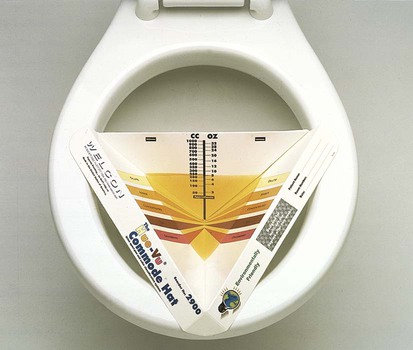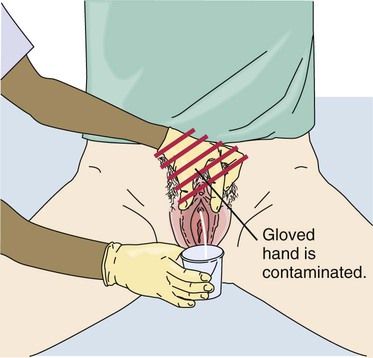• Define the key terms and key abbreviations listed in this chapter. • Explain why specimens are collected. • Explain the rules for collecting specimens. • Describe the different types of urine specimens. • Perform the procedures described in this chapter. • Explain how to promote PRIDE in the person, the family, and yourself. Specimens (samples) are collected and tested to prevent, detect, and treat disease. Most specimens are tested in the laboratory. All specimens sent to the laboratory require requisition slips. The slip has the person’s identifying information and the test ordered. And the specimen container is labeled according to agency policy. Some tests are done at the bedside. When collecting specimens, follow the rules in Box 22-1. See Promoting Safety and Comfort: Assisting With Specimens. Urine specimens are collected for urine tests. Follow the rules in Box 22-1. See Delegation Guidelines: Urine Specimens. See Promoting Safety and Comfort: Urine Specimens.
Assisting With Specimens
Urine Specimens

Assisting With Specimens
Get Clinical Tree app for offline access




